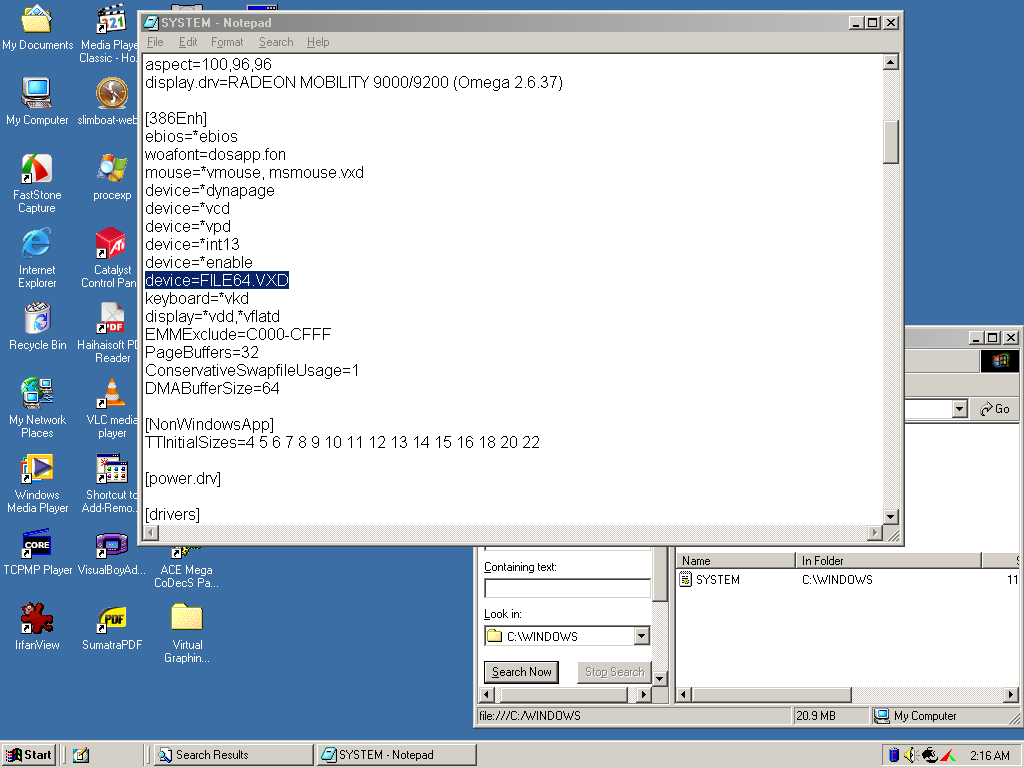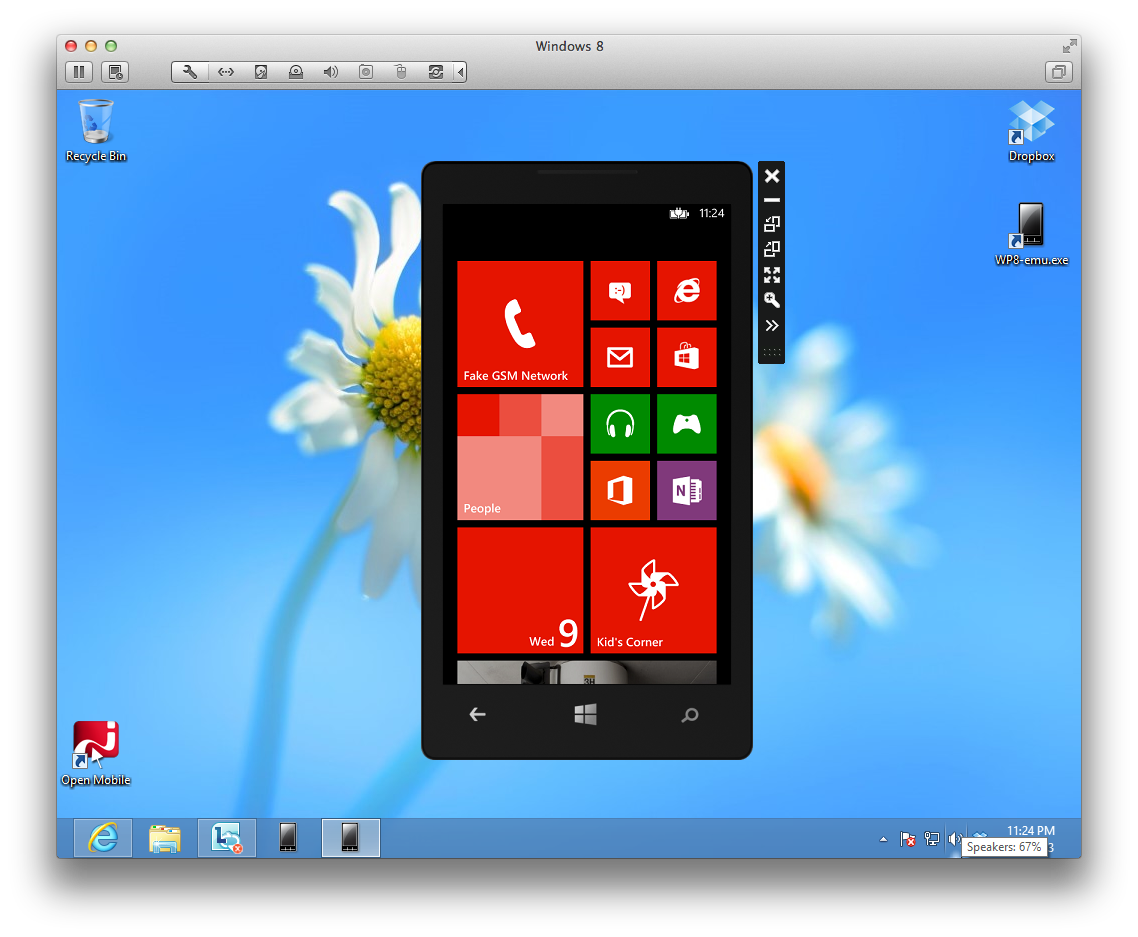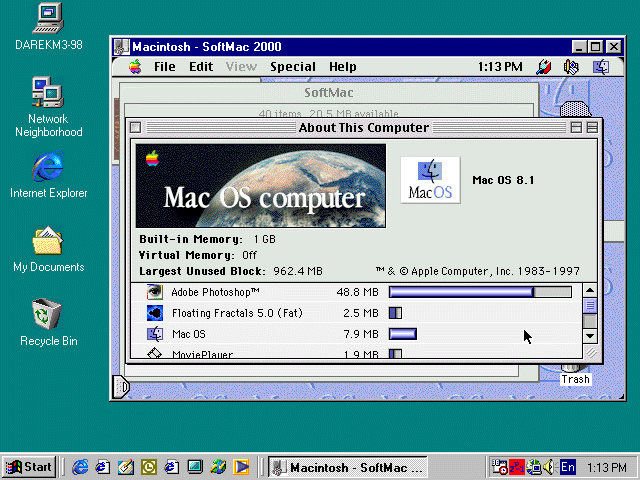
- WINDOWS 95 EMULATOR FOR MAC FOR MAC
- WINDOWS 95 EMULATOR FOR MAC MAC OS X
- WINDOWS 95 EMULATOR FOR MAC UPGRADE
- WINDOWS 95 EMULATOR FOR MAC FULL
These are third-party applications that run on your Mac just like any other program.
WINDOWS 95 EMULATOR FOR MAC MAC OS X
You can either install Windows in Boot Camp, a native feature of the Mac OS X operating system, or you can use a virtualization program. If you are looking to install Windows on your Mac, you have two options. This is especially useful for individuals who want to use Macs but may rely on a few programs that are Windows-specific. While you need to purchase a copy of the Windows operating system separately from your Mac, once you do you can install it and enjoy the benefits of both operating systems. These individuals overlook a key feature of the Mac lineup - you can run Windows on them. Please follow me on Twitter, or join me in the AppleHolic’s bar & grill and Apple Discussions groups on MeWe.In the classic "which is better" argument between Macs and PC's, PC advocates sometimes bring up features or characteristics of the Windows operating system as an argument for PC's being better than Macs. The latter lets you remotely access up to five PC or Mac computers from iPad, iPhone and Android.
WINDOWS 95 EMULATOR FOR MAC FOR MAC
Parallels Desktop 16 subscribers also receive complimentary concurrent subscriptions to Parallels Toolbox for Mac and Windows and Parallels Access.
WINDOWS 95 EMULATOR FOR MAC UPGRADE
Pro and Business editions are available for a $99.99 annual subscription and you can upgrade from versions 14 or 15 of the solution for $49.99.
WINDOWS 95 EMULATOR FOR MAC FULL
You can purchase a full Windows license later on.

When you install Parallels Desktop on your Mac, the software will automatically detect that you don’t have a copy of Windows installed and will ask if you want to download the OS from Microsoft.


It launches twice as fast as before, handles DirectX content at a 20% better speed and delivers 75% better “git status” when running Linux.

The move away from kernel extensions in favor of native virtualization code has helped deliver useful performance improvements. “Parallels invested more than 25-man-years of engineer programming to take full advantage of the new macOS Big Sur architecture and revamped kernel extensions to deliver our best Windows-on-Mac performance ever for our Parallels Desktop 16 customers,” said Nick Dobrovolskiy, Parallels Senior Vice President of Engineering and Support in a statement. As a result of the abandonment of such extensions on the Mac, the company had to dedicate a great deal of energy to replace them with native Mac virtualization code. One major change in Big Sur is the removal of support for third-party kernel extensions (kexts), which is what Parallels relied on for its emulation.


 0 kommentar(er)
0 kommentar(er)
